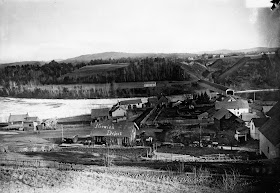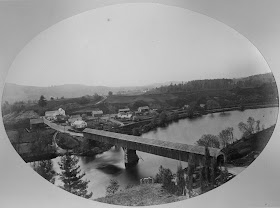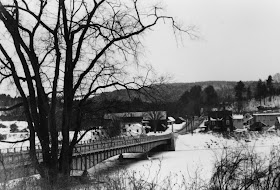 Early expeditions to the Arctic attempted to force their way through sea ice in hopes of finding a practical northwest trade route to the East Indies, but even after unpredictable ice conditions and extreme cold made it clear that the tantalizing shortcut was impractical, if not impossible, explorers continued to push their ships and crews into the Arctic's icy waters.
Early expeditions to the Arctic attempted to force their way through sea ice in hopes of finding a practical northwest trade route to the East Indies, but even after unpredictable ice conditions and extreme cold made it clear that the tantalizing shortcut was impractical, if not impossible, explorers continued to push their ships and crews into the Arctic's icy waters.One reason for the persistence of these explorers was a theory that the seas around the pole were not covered in ice, but open and easily navigable--if the explorers could only push their way through the thick ring of ice surrounding those warmer waters.
The theory of the open polar sea was persistent, with roots stretching back to the 1600s and lasting late into the 19th century. Its proponents included many prominent figures in the history of Arctic exploration, including Danes Barrington, a powerful politician in the British Admiralty, and Elisha Kent Kane, a famous and popular American explorer.
A number of authors published books and pamphlets in support of the open polar sea theory, including American hydrographer Silas Bent. Bent writes with conviction in An Address Delivered before the St. Louis Mercantile Library Association, January 6th, 1872, upon the Thermal Paths to the Pole, the Currents of the Ocean, and the Influence of the Latter upon the Climates of the World, arguing that warm ocean currents moving north from the equator must surely create an ice-free zone around the pole.
Despite reports from whalers and explorers of impenetrable sea ice in the northern oceans, some armchair theorizers and even British naval officials remained convinced of the existence of an open polar sea well into the nineteenth century.
Ask for Stefansson G615 .B42 to explore this curiosity yourself.
Posted for Anne Peale '11



